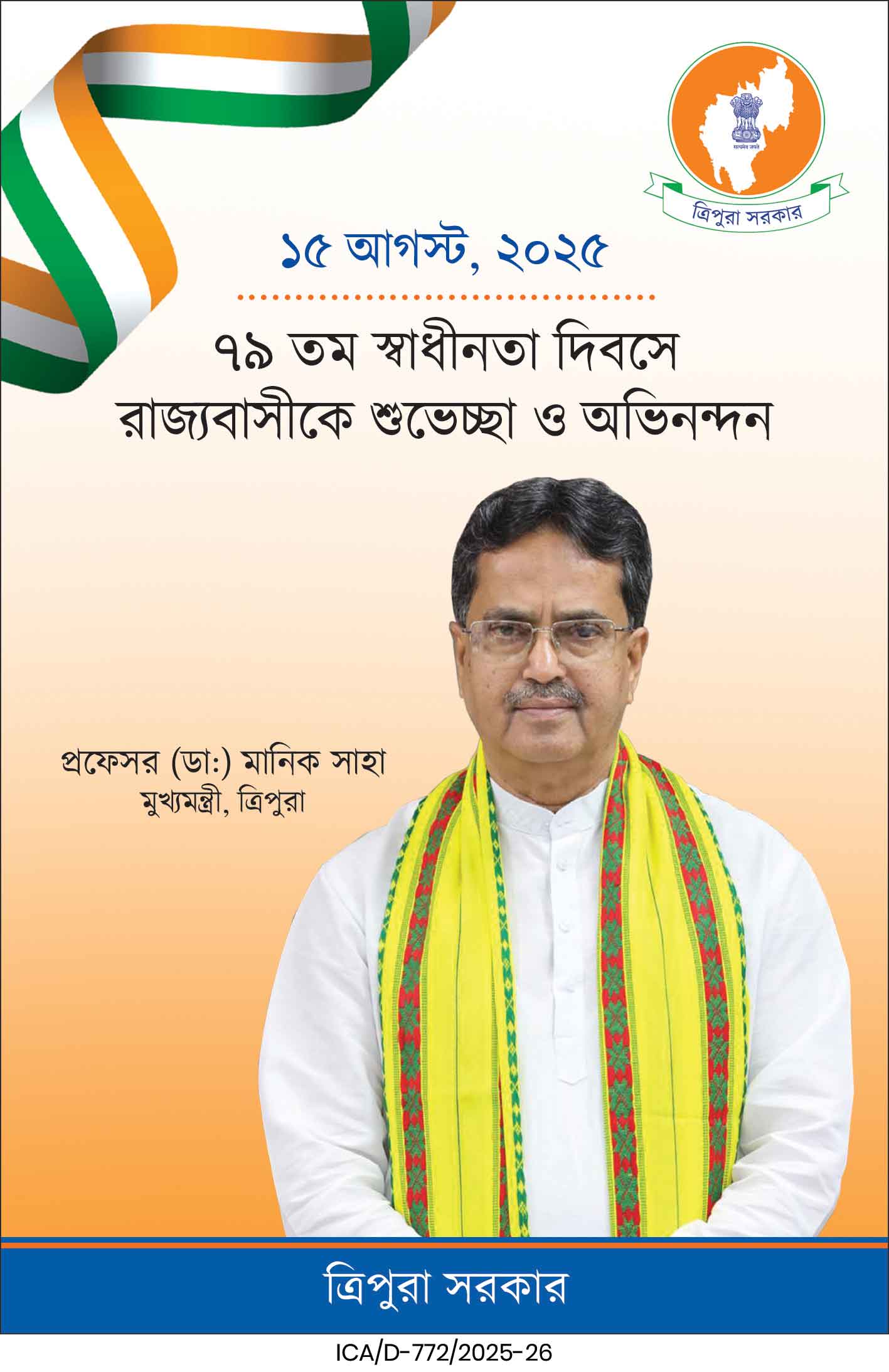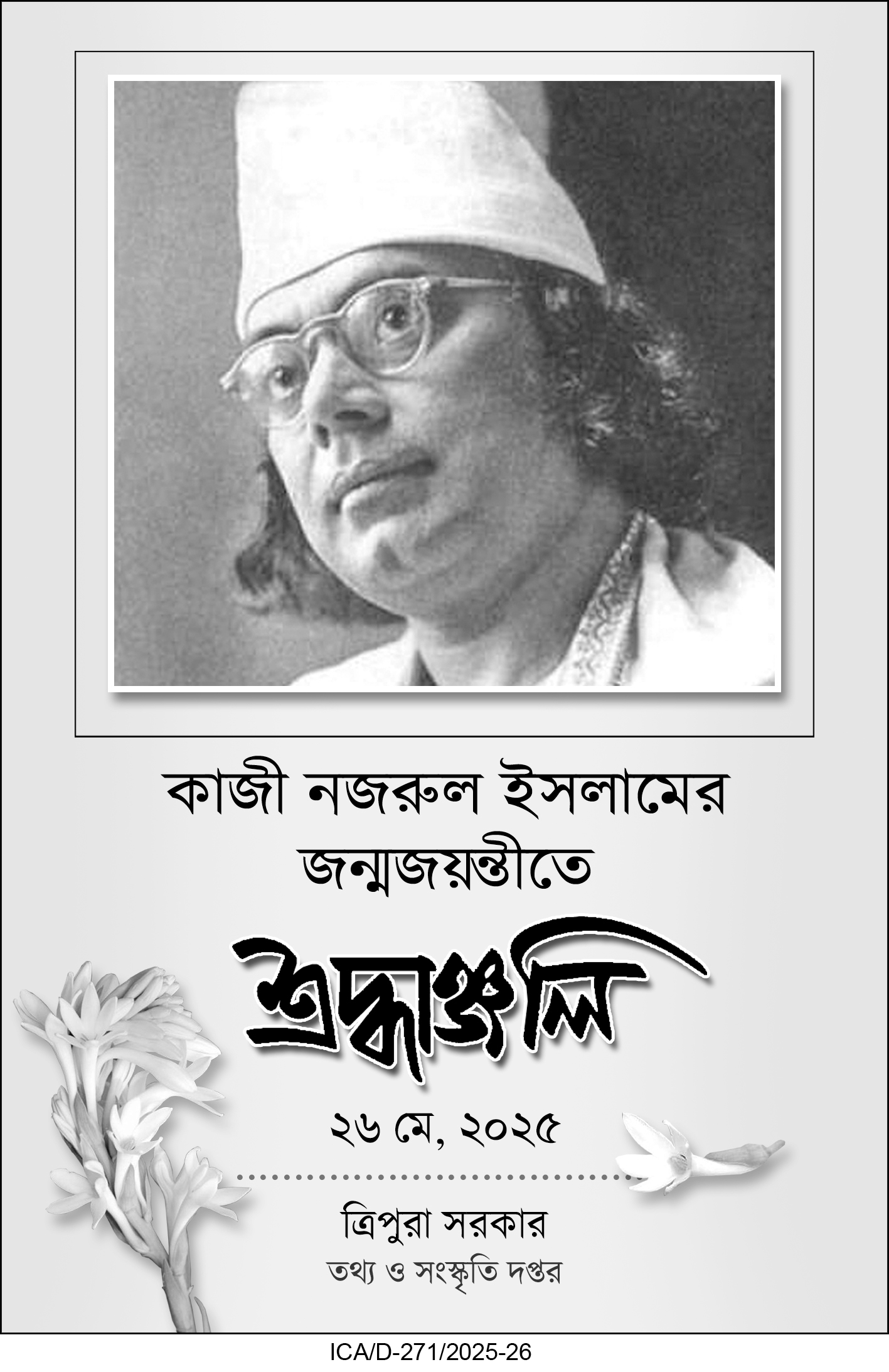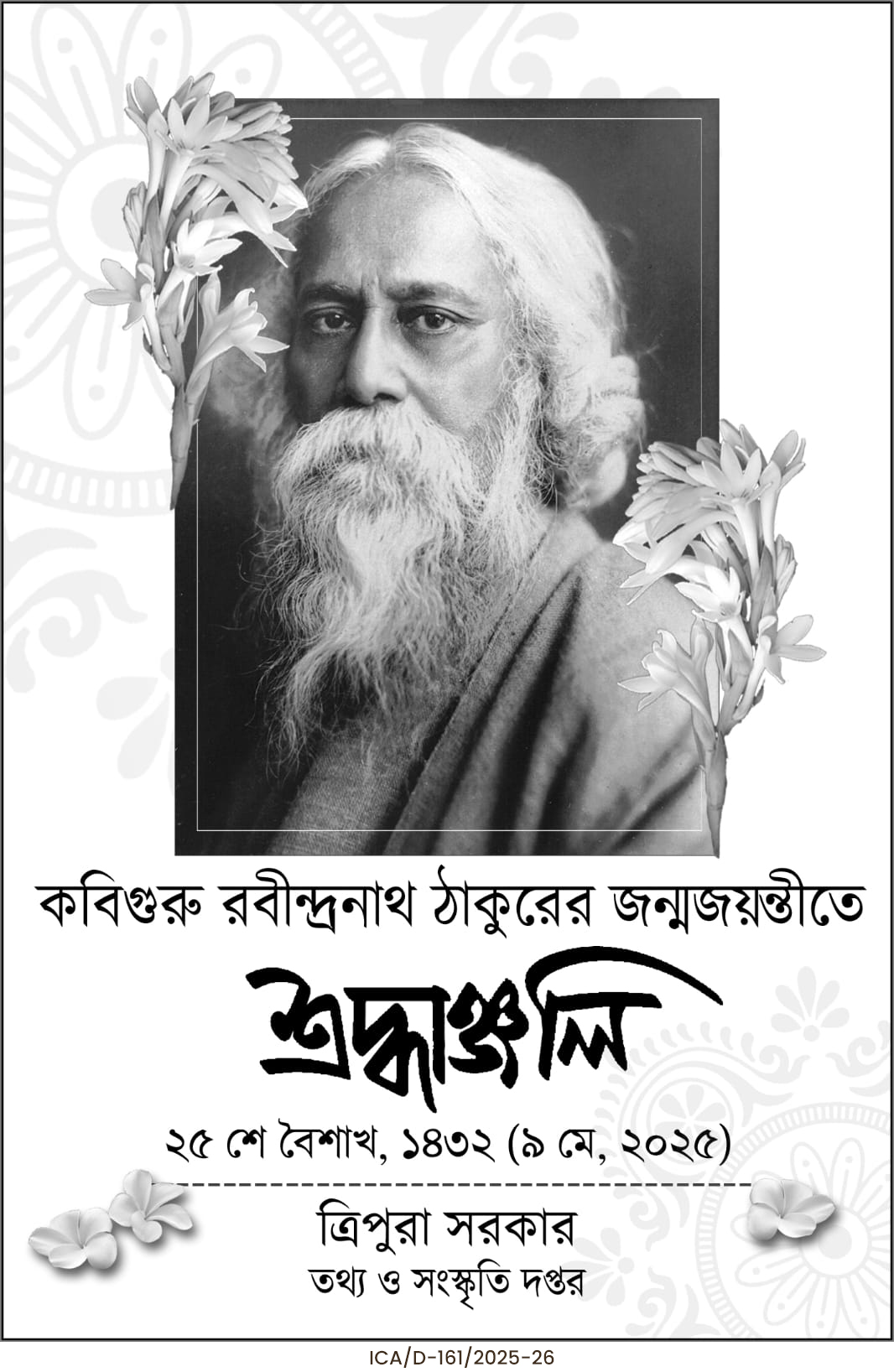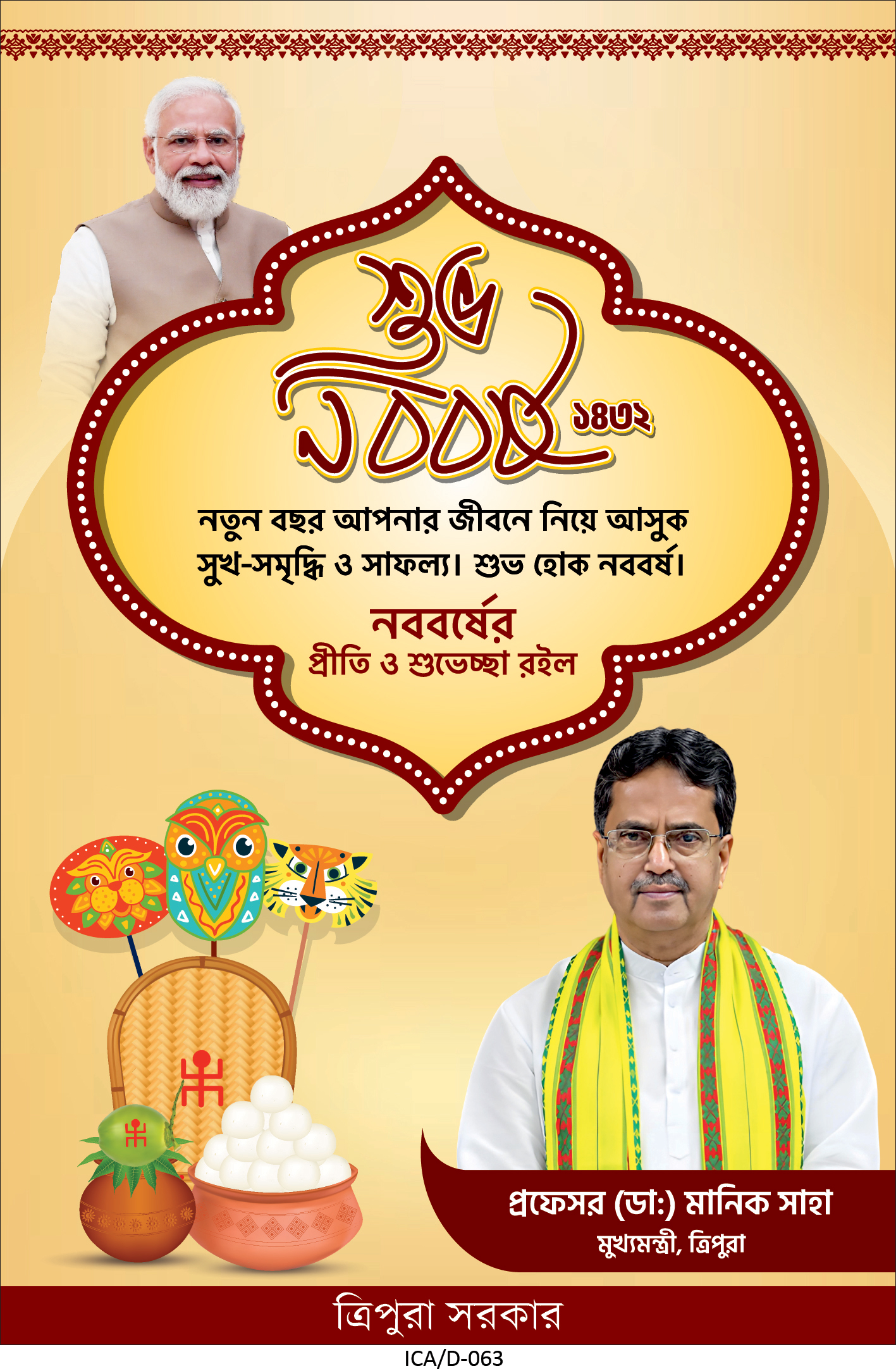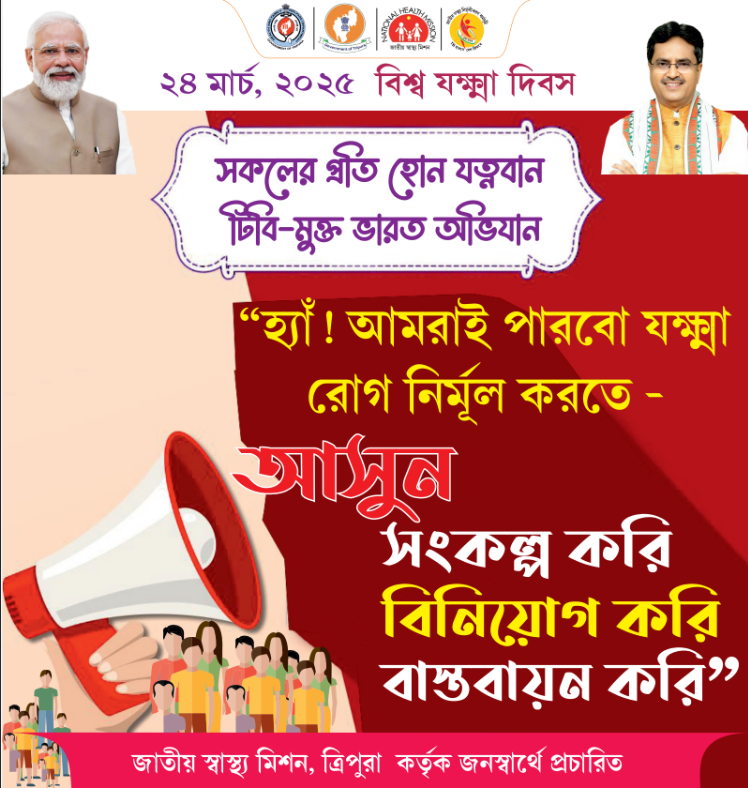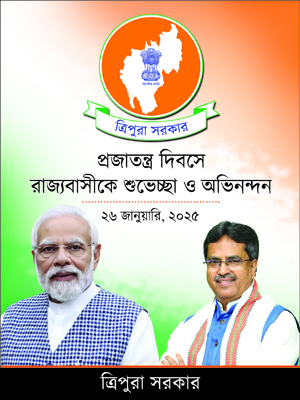In conjunction with the upcoming G20 Summit scheduled in New Delhi, a ‘Crafts Bazaar’ exhibition-cum-sale is set to take place at Bharat Mandapam, Pragati Maidan from September 8 to 10, 2023. This unique Crafts Bazaar aims to highlight the rich tapestry of handicraft products from various regions of India, with a specific focus on One District One Product (ODOP) and Geographical Indication (GI) tagged items. Additionally, it will feature products crafted by women and tribal artisans.
Delegates and international media attending the G20 Summit will have the opportunity to explore and purchase locally sourced handicrafts. The event is being organized by the G20 Secretariat in collaboration with the Ministry of Textiles and State/UT Governments. Participation is expected from approximately 30 states and union territories, as well as central agencies such as the Khadi Village & Industries Commission, TRIFED, and Saras Ajeevika. To showcase the exceptional handicrafts and handloom items from the North-Eastern region, a ‘Focus North East’ stall will be established in coordination with the North-Eastern Handicrafts & Handloom Development Corporation (NEHHDC).
Product Highlights by Region
Assam – Handloom Weaving: Assam is renowned for its handloom industry, particularly its natural fiber weaves crafted by local communities. This intricate process, spanning from yarn spinning to fabric creation, is carried out entirely by hand, utilizing traditional wooden looms. Assam’s specialty includes Muga silk, Eri silk, Pat silk, and Cotton weaves. The state is known for the production of exquisite items like mekhela chador, saris, shawls, stoles, home linen, and exclusive accessories, all steeped in Assam’s handloom weaving traditions. A standout contribution is the weaving of Muga silk, a unique golden-colored silk exclusive to the region.
Nagaland – Loin Loom Weaving: Nagaland presents the ancient art of loin loom weaving, also known as the backstrap loom, which is one of the world’s oldest weaving techniques. Women in Nagaland are the custodians of this tradition, creating distinct designs on their shawls, jackets, and sarongs. The weaving is characterized by vibrant color combinations, bold patterns, and striking minimalist geometric motifs. Loin loom fabric is renowned for its ribbed texture and durability. Geometric designs dominate the patterning, with exceptions like the hand-painted central bands on Ao tribe warrior shawls, depicting tigers, bison, crossed spears, and roosters.
Manipur – Kauna Craft: Manipur introduces Kauna, a pliable grass unique to the state, suitable for weaving into various products. Kauna is water-resistant and has been integral to the creation of floor mats, cushions, and baskets for centuries. Kauna products are cherished for their simplicity and minimalist design, representing a vital part of the local heritage.
Meghalaya – Cane and Bamboo Craft: Meghalaya, known for its abundant bamboo and cane resources, showcases a rich history of utilizing these materials in construction and daily items. The state is home to three major tribal communities: Khasi, Garo, and Jaintia, all possessing remarkable skills in working with these natural materials. Artisans have developed complex weaving and coiling techniques, making cane and bamboo craft an essential part of the state’s economy. The artisans produce a wide range of items, from daily-use products to high-quality decorative pieces.
The ‘Crafts Bazaar’ promises to be a significant cultural exchange opportunity and a platform for promoting India’s diverse handicraft heritage to the international community during the G20 Summit. (with inputs from PIB)

















